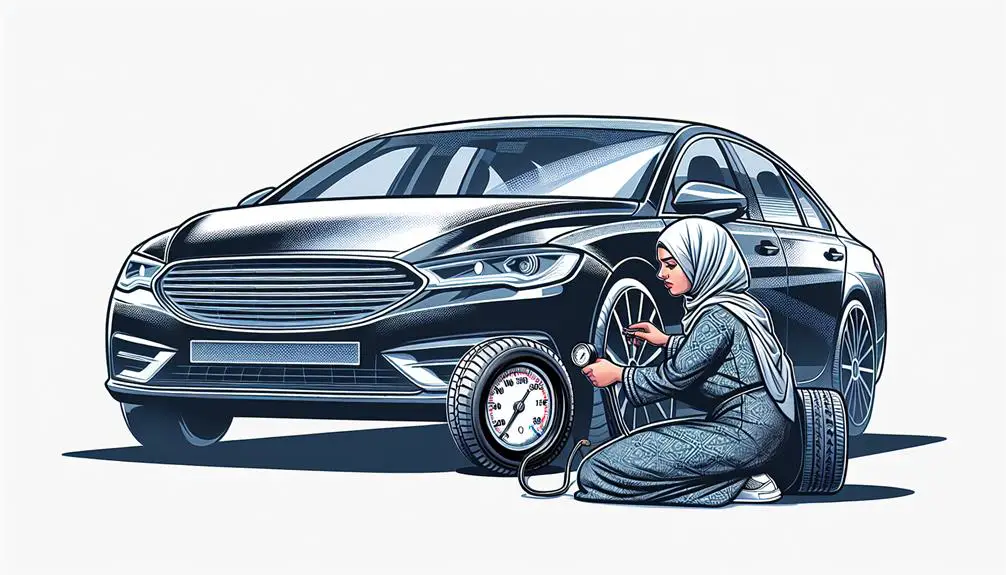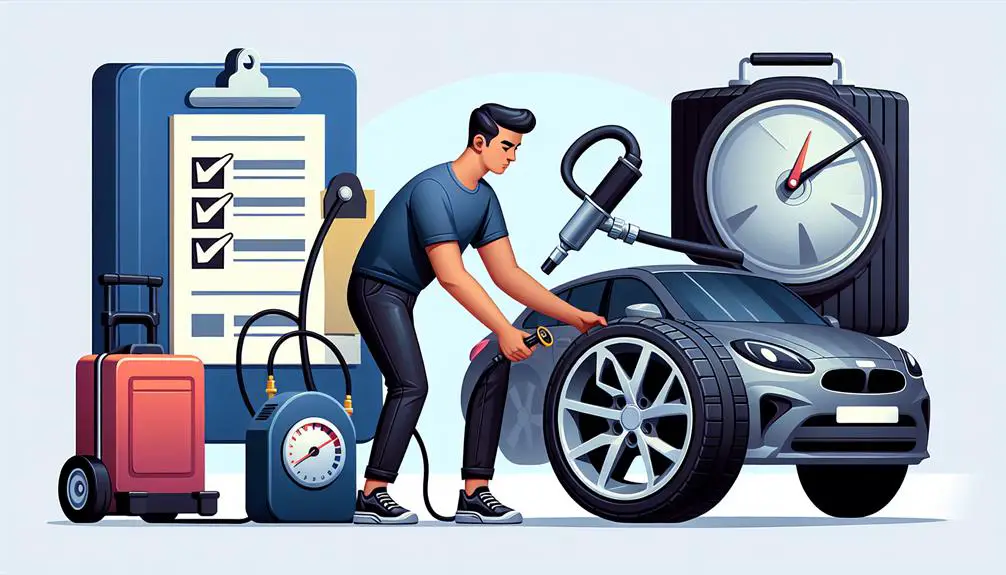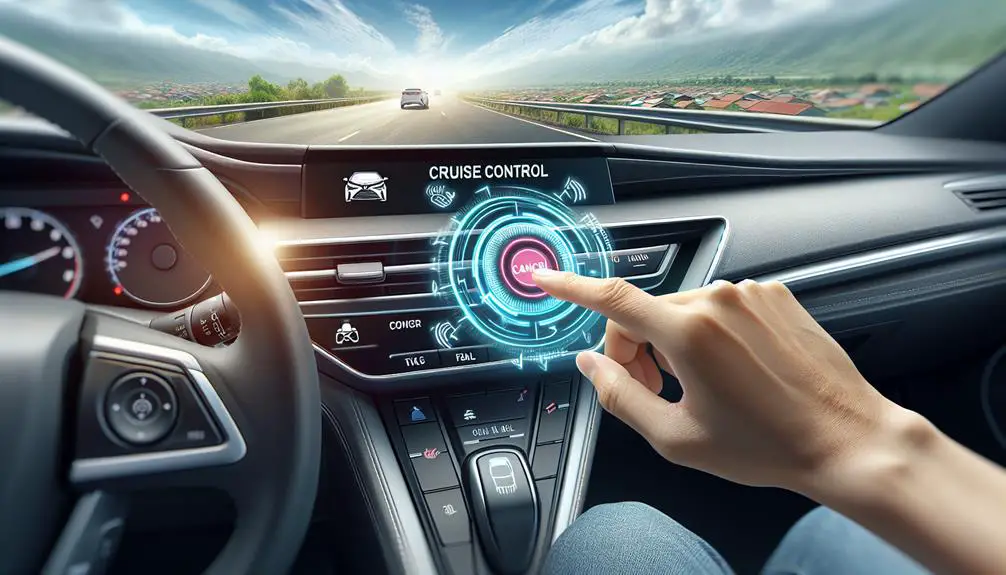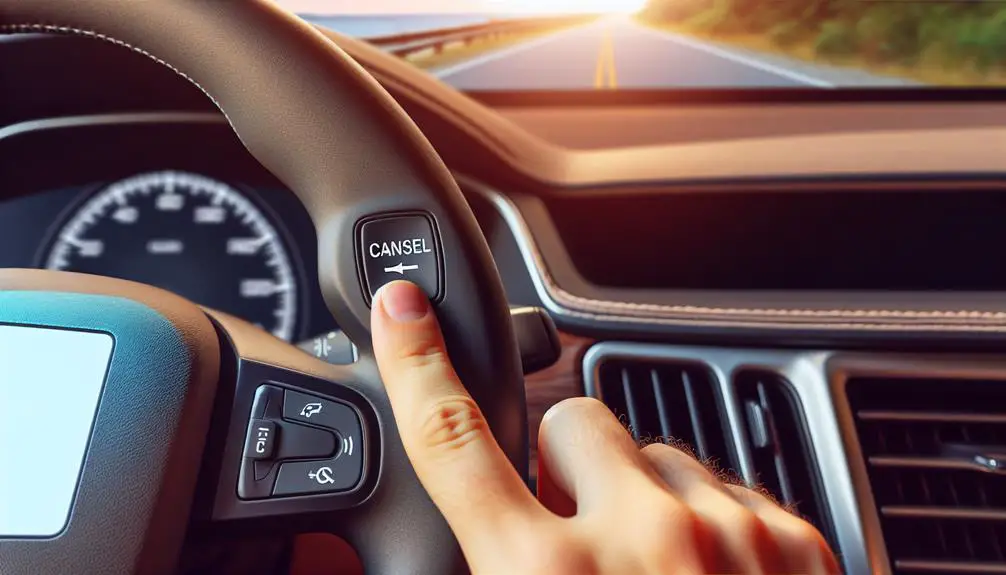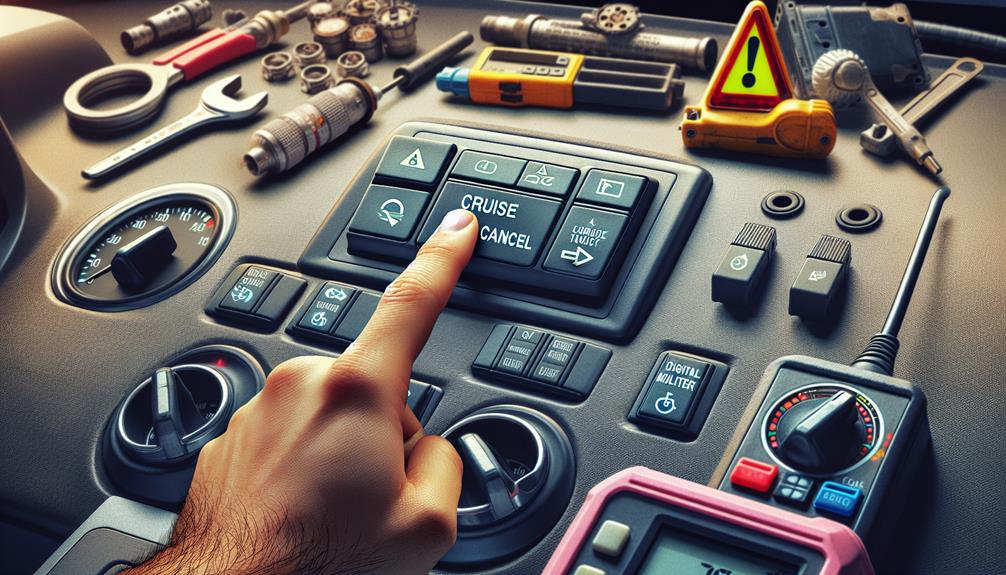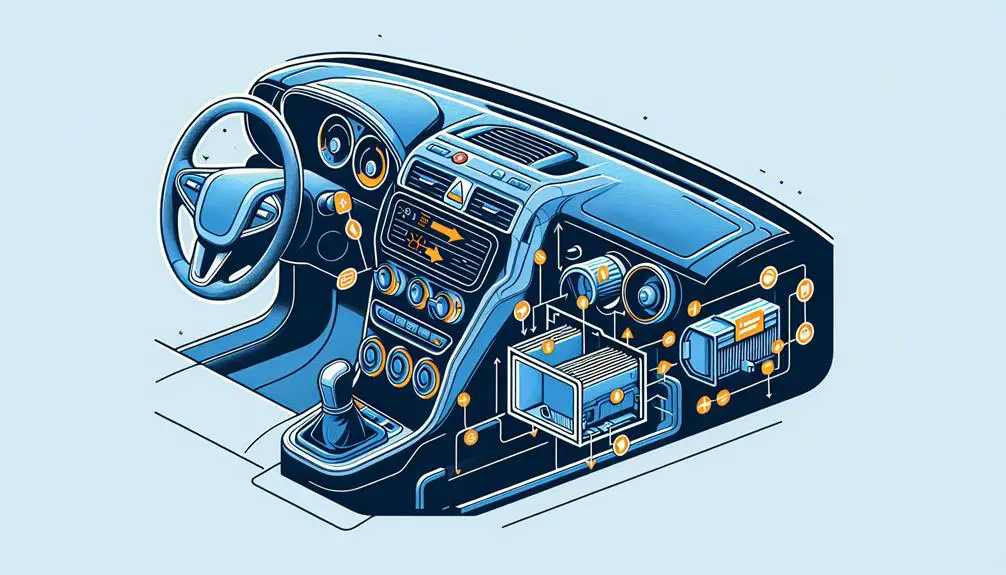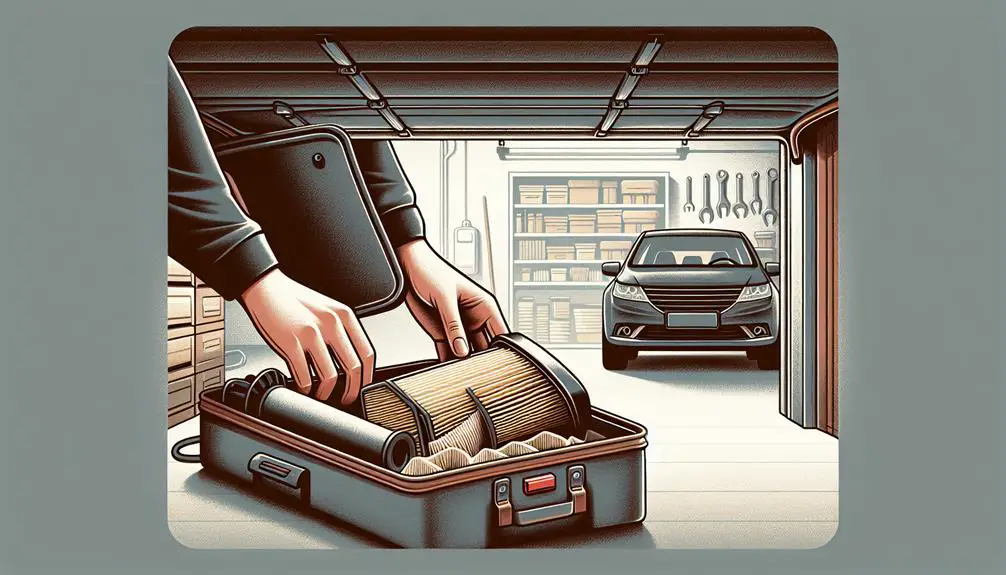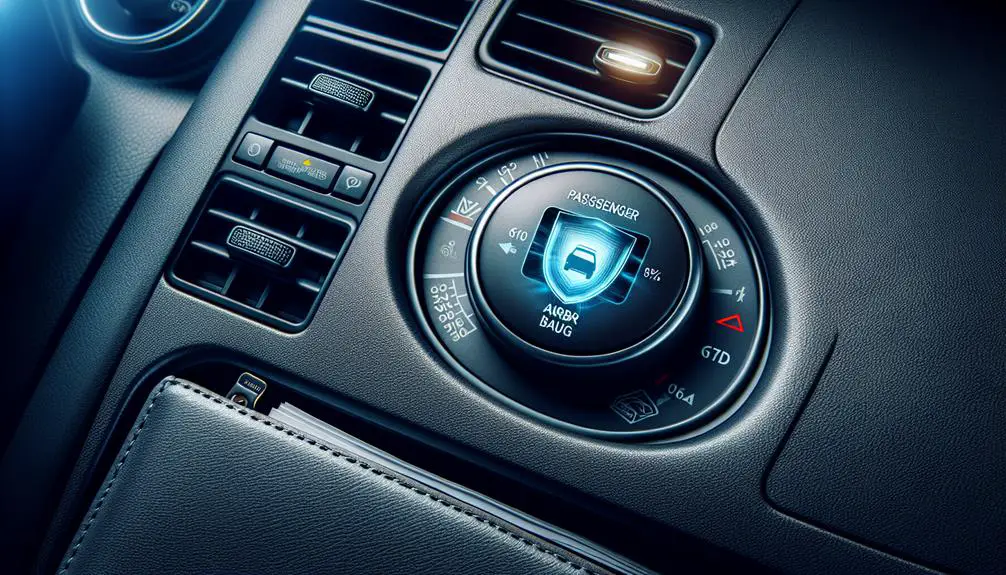To switch from trip meter to odometer in your Toyota, locate the Trip Meter button near the speedometer. Turn the ignition key to ‘On’ without starting the engine. Press and hold the button to access the odometer reading showing total miles traveled. Easily toggle between Trip and Odometer by finding and pressing the display button labeled ‘ODO’ or ‘TRIP’. This allows you to view current trip distance or total mileage instantly. Additionally, you can reset the trip meter by holding the trip meter button to clear current trip data. Master these steps for quick access to important vehicle information.
Locate the Trip Meter Button
Have you ever wondered where to find the Trip Meter button in your Toyota? Let’s explore how to locate this essential feature in a few simple steps.
To locate the Trip Meter button in your Toyota vehicle, start by sitting in the driver’s seat and ensuring the ignition is turned on. Look towards the instrument cluster, which is typically located behind the steering wheel. On the dashboard, you will find a set of buttons or controls near the speedometer and tachometer. Locate the button labeled ‘Trip’ or ‘Trip Meter’ among these controls.
The Trip Meter button is usually small and may be marked with a symbol resembling a partial odometer. Once you have identified the Trip Meter button, press it to cycle through the different trip meter display modes on the instrument panel.
Familiarizing yourself with the Trip Meter button’s location will enable you to easily access and switch between the trip meter and odometer functions in your Toyota vehicle.
Understand the Display Modes
To gain a comprehensive understanding of the display modes, familiarize yourself with the various information options accessible through the Trip Meter button in your Toyota vehicle. The display modes on your Toyota can provide you with valuable information about your driving habits and the status of your vehicle. By pressing the Trip Meter button, you can cycle through different display modes such as the current fuel consumption, average fuel consumption, driving range, and more.
Start by locating the Trip Meter button on your dashboard, usually near the speedometer. Once you press the button, you will notice the display changing to show different sets of data. Take your time to explore each mode and understand the information it provides. This knowledge can help you monitor your fuel efficiency, track your driving distance, and stay informed about your vehicle’s performance.
Access the Odometer Reading
To access the odometer reading in your Toyota vehicle, locate the Trip Meter button on the dashboard and follow these simple steps.
Start by sitting in the driver’s seat and ensure the vehicle is turned off. Locate the Trip Meter button, which is typically located near the speedometer or tachometer on the dashboard.
Once you have located the button, turn the ignition key to the ‘On’ position without starting the engine. Press and hold the Trip Meter button until you see the odometer reading displayed on the screen.
The odometer reading will show the total number of miles or kilometers your vehicle has traveled since it was new. You can release the Trip Meter button once the odometer reading is visible. Remember, accessing the odometer reading can provide you with important information about your vehicle‘s usage and maintenance needs.
Toggle Between Trip and Odometer
Toggling between the trip meter and odometer in your Toyota is a straightforward process that allows you to switch between viewing your current trip distance and total mileage traveled.
To switch between the trip meter and odometer, locate the display button on your dashboard. This button is usually labeled ‘ODO’ or ‘TRIP.’ Press the display button repeatedly until you see the desired mode – either the trip meter or the odometer – appear on the screen.
As you press the button, the display will cycle through the available options, allowing you to easily switch between the trip meter and odometer readings. Once you have selected the mode you prefer, the display will show either your current trip distance or the total mileage traveled.
This simple step-by-step process ensures that you can access the information you need at a glance while driving your Toyota.
Reset the Trip Meter
Resetting the trip meter on your Toyota is a quick and simple process that allows you to clear the current trip distance and start fresh for your next journey. To reset the trip meter, follow these straightforward steps:
- Locate the trip meter button: Look for a button or knob on your dashboard that is specifically labeled for the trip meter function. It is usually located near the speedometer or tachometer.
- Press and hold the button: Once you have found the trip meter button, press and hold it down until you see the numbers on the trip meter reset to zero. Some models may require you to press the button multiple times to cycle through different trip meter options before resetting.
- Verify the reset: After holding down the button, check that the trip meter now displays zero or has been reset to your desired starting point.
Familiarize Yourself With Options
Explore the various options available on your Toyota to enhance your driving experience and customize settings to suit your preferences. Familiarizing yourself with these features can make your driving more enjoyable and convenient. Here are some key options to consider:
- Customizable Displays: Personalize the information displayed on your dashboard to focus on what matters most to you, whether it’s fuel efficiency, trip information, or navigation details.
- Driver Assistance Systems: Take advantage of advanced safety features like lane-keeping assist, adaptive cruise control, and parking sensors to make your driving experience safer and less stressful.
- Entertainment Settings: Sync your smartphone to access music, podcasts, and navigation apps directly through your vehicle’s infotainment system for a seamless driving experience.
- Climate Control: Adjust the temperature, fan speed, and seat heating/cooling settings to create a comfortable environment inside your car, no matter the weather outside.
Conclusion
In conclusion, switching from the trip meter to the odometer in a Toyota is a simple process that involves:
- Locating the trip meter button
- Understanding the display modes
- Accessing the odometer reading
- Toggling between trip and odometer
- Resetting the trip meter
- Familiarizing yourself with options
By following these steps, you can easily switch between the trip meter and odometer on your Toyota vehicle.


